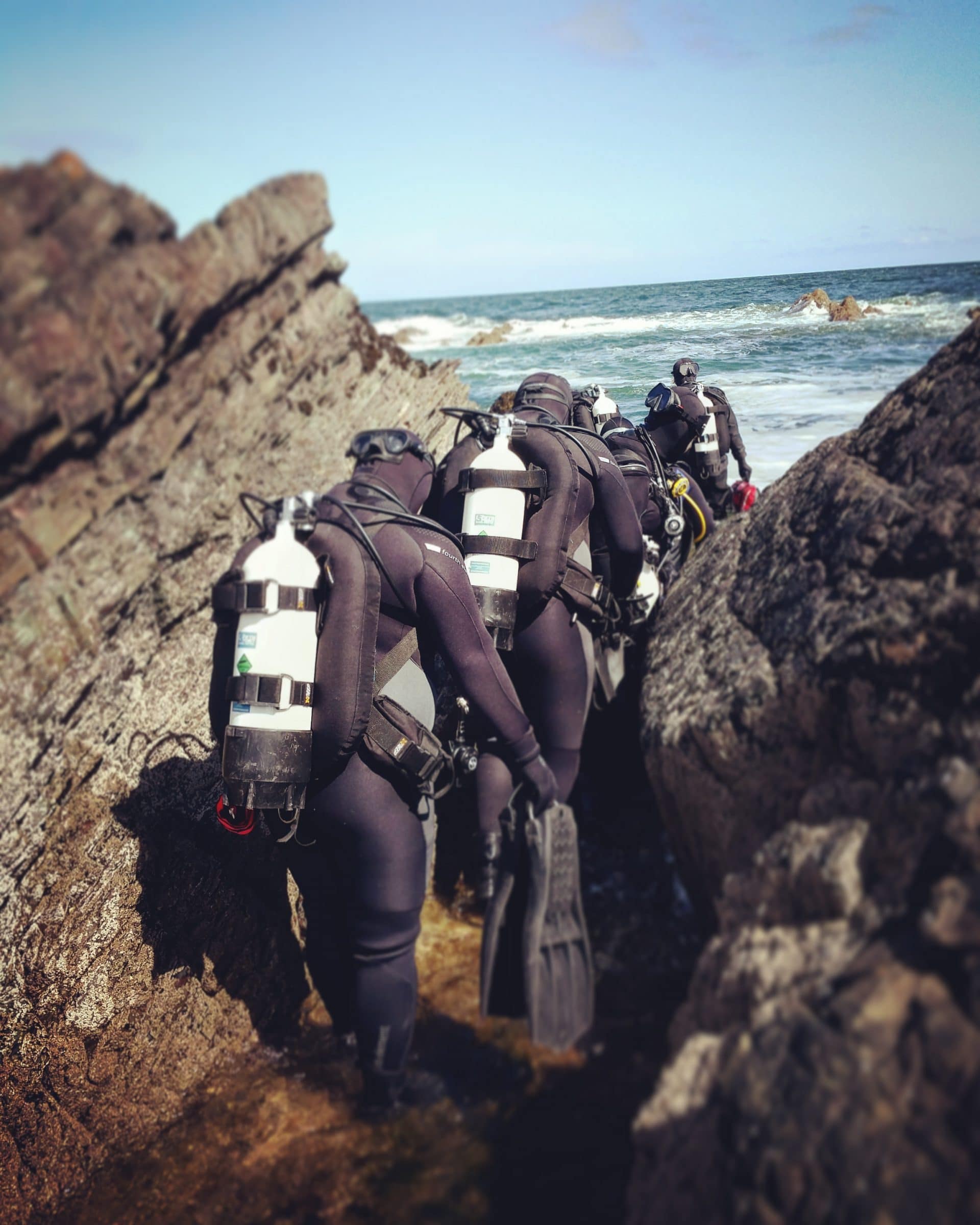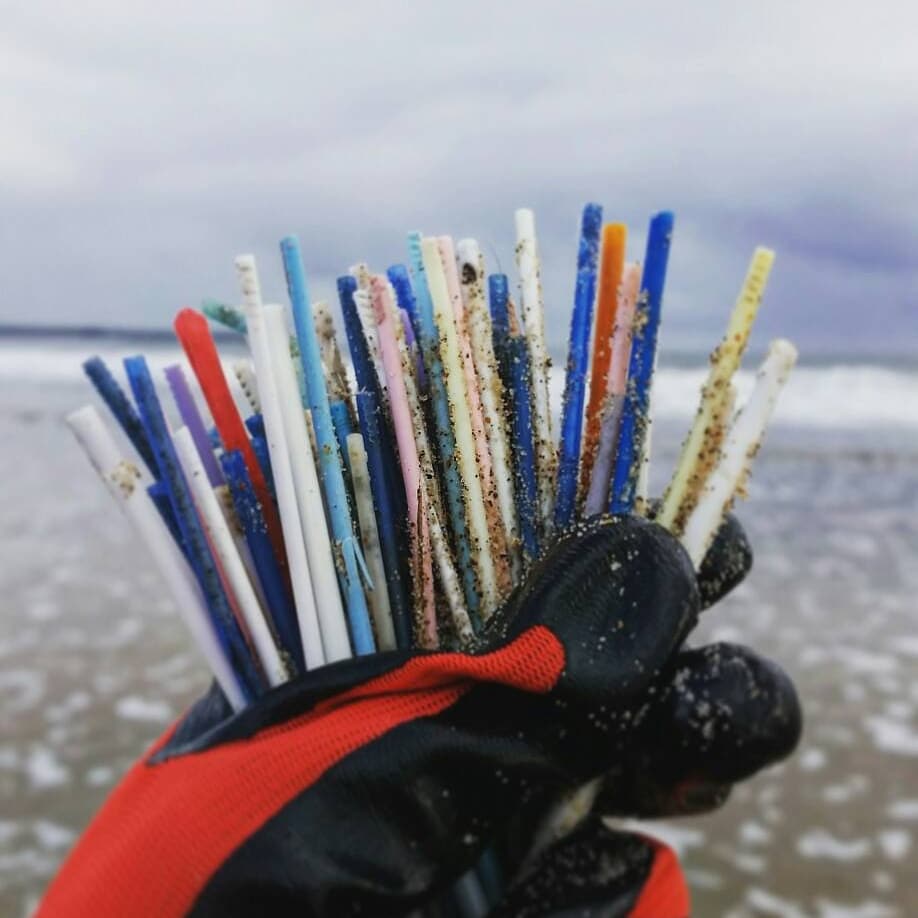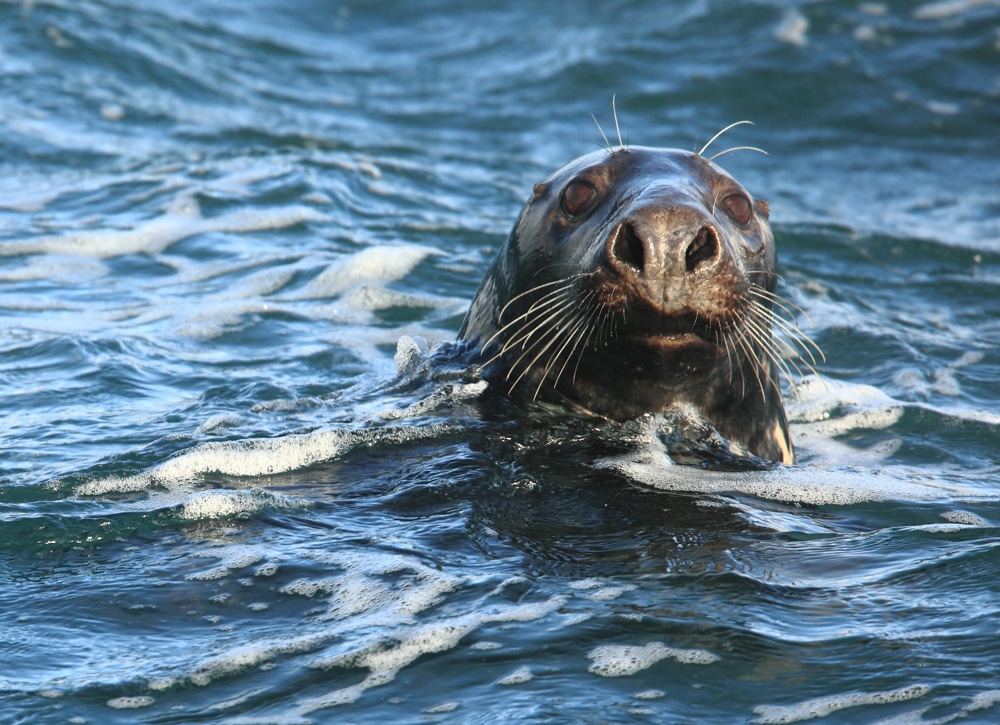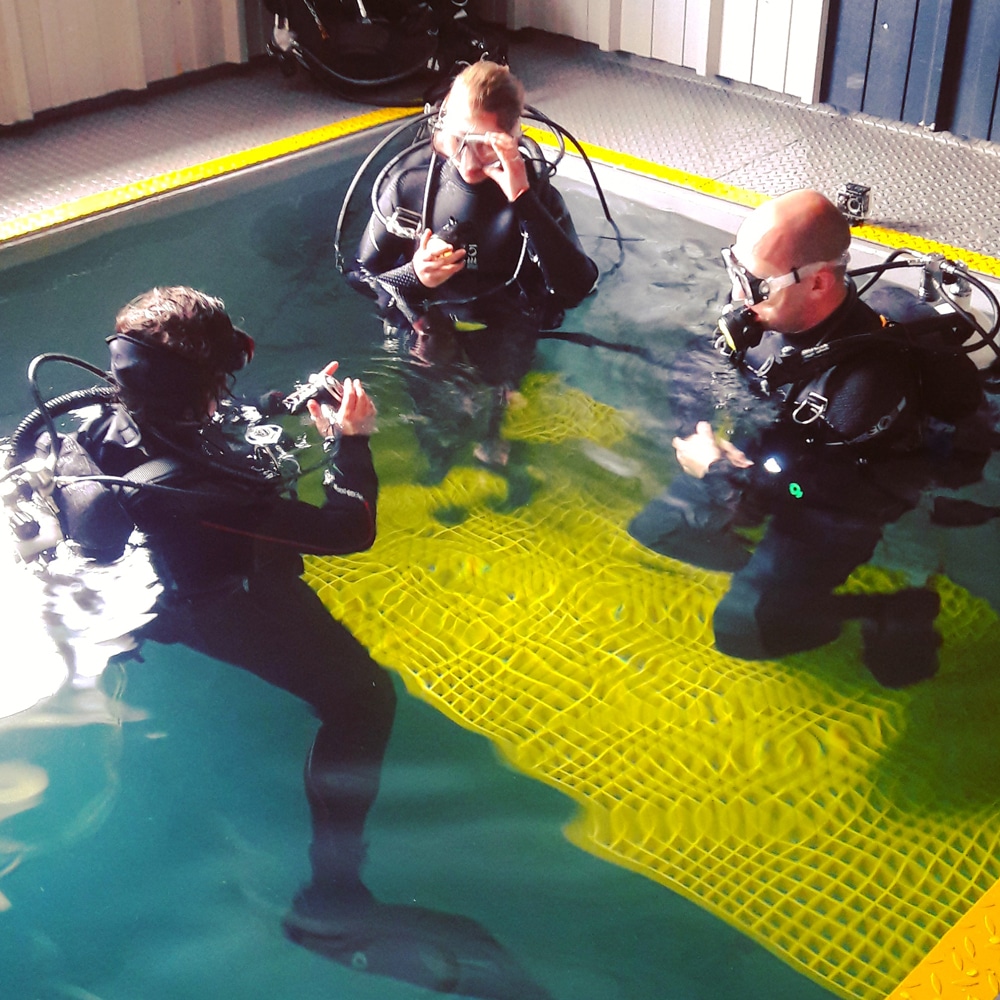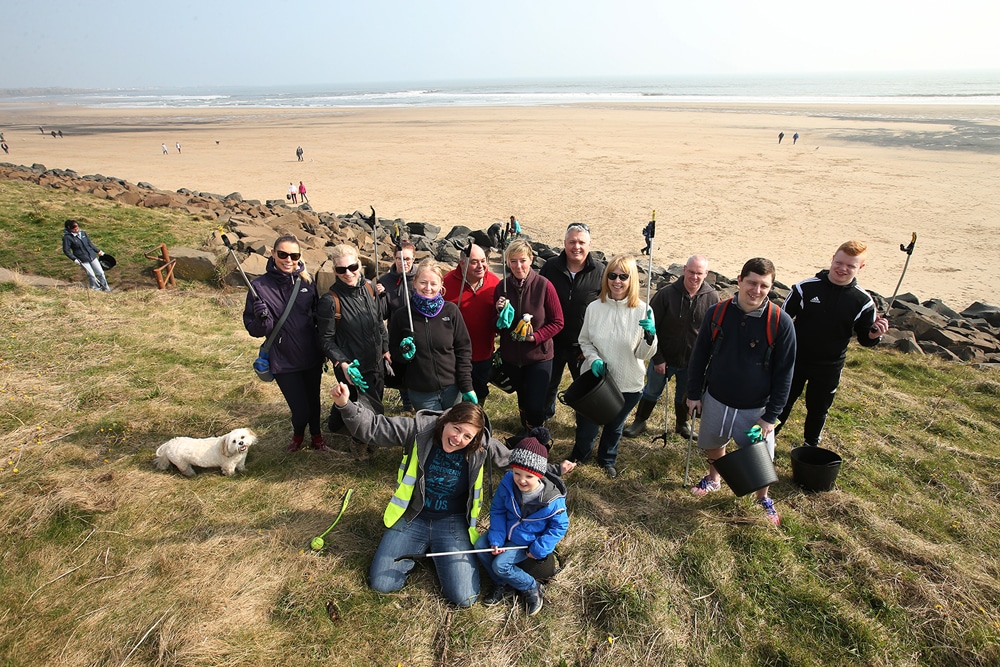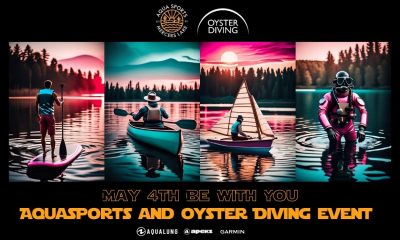News
Diving with… Nic Emery, The Fifth Point, Blyth, Northumberland, UK
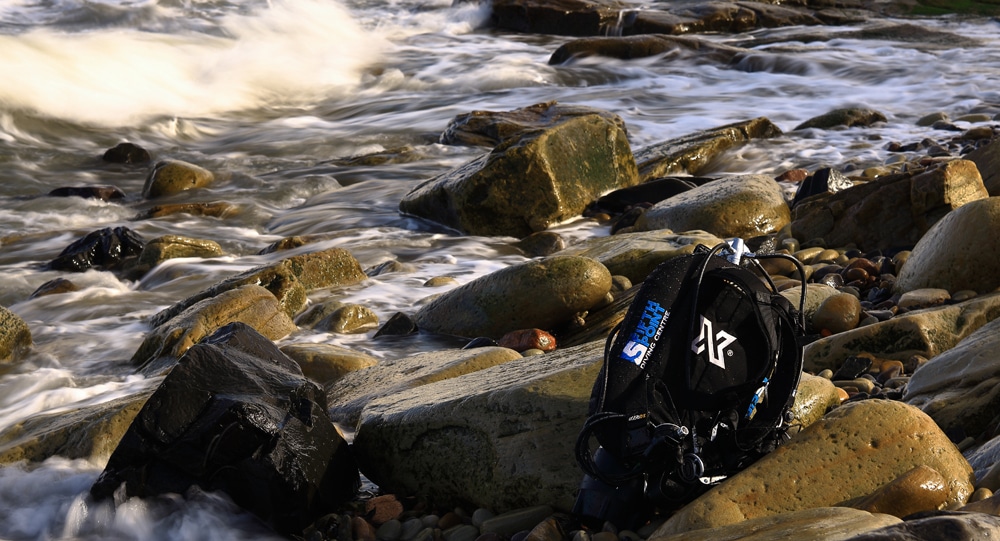
In this ongoing series, we speak to the people who run dive centres, resorts and liveaboards from around the world about their businesses and the diving they have to offer…
Nic Emery
What is the name of your business?
The Fifth Point
What is your role within the business?
Director
How long has the business operated for?
Coming up to 2 years.
How long have you dived for, and what qualification are you?
I started diving in Hurghada way back in 2005 so I’ve been a diver for nearly 15 years. I qualified as an OWSI in 2010 and I’m currently a Master Instructor
What is your favourite type of diving?
It may seem a bit weird, but my favourite type of diving is litter picking! Every dive at The Fifth Point is a Dive Against Debris as we’re always picking up litter when we see it, but I love those days where we’ve organised a big clean up. Seeing the trash we’ve removed gives an amazing feeling of accomplishment.
If you could tell people one thing about your business (or maybe more!) to make them want to visit you what would it be?
When people walk into The Fifth Point for the first time, their initial reaction is always “wow, what an awesome set up!”. Our dive centre looks completely different to any other. It’s made from as much reclaimed materials as we could get our hands on and it has a really chilled out atmosphere.
Dive Dog Haldane always gives a warm welcome and our team are there to make your experience amazing. We’ve got an onsite training tank which means we can offer course schedules to suit even the busiest lifestyles and we always keep our sessions one to one.
Once you’re qualified, you join our army of eco-warriors. During our courses we arm you with all the skills you need to be an environmentally responsible scuba diver!
What is your favourite dive in your location and why?
My favourite dive in Northumberland has to be up at The Farnes. There’s a huge grey seal colony around the islands and when they come to play it’s an amazing experience. I never get bored of them! You’re more likely to see the seals in the autumn but diving The Farnes has a lot to offer all year round including deeper dives, wrecks, swim throughs and a striking underwater landscape.
We dive with our friends at Sovereign Diving. They’re awesome skippers and as divers themselves, they know all the sites inside out. They always take us to the best locations and give us detailed dive plans to make the most of our dives.
What types of diving are available in your location?
We are so lucky to have some cracking dive sites right on our doorstep. We regularly dive St Mary’s Island, Browns Bay and Collywell Bay which are only 15 minutes away from the dive centre. They’re teeming with life. A huge bonus is that The Farnes and our Project AWARE Adopted Dive Site at Beadnell’s Knacker Hole are less than an hour away. We can go and play with the seals whenever we want! Venturing a little bit further north, we can dive around Eyemouth. The boat dives to St Abbs are amazing, and the shore dives in the gullies are just as good! If I’m feeling a coral withdrawal, this is where I go!
What do you find most rewarding about your current role?
We’re still a relatively new dive centre but I feel that we’ve created something really special. It’s so cool to watch new divers become so passionate about ocean protection. We’ve got a lot of youngsters coming through the ranks. My favourite thing is to go diving with the gang and help them pick up trash. They’re true advocates, educating everyone they meet and protecting their future. It’s just AWESOME.
What is your favourite underwater creature?
I love all underwater creatures. Well… apart from jellyfish, I don’t get on with them so well…
I think my favourite depends on where I am in the world. In the UK, it’s got to be the seals. They’re so curious and playful. I love nudis too, especially the look on peoples faces when we point them out in the North Sea! Divers only expect to find them in warm waters!
Are there any exciting changes / developments coming up in the near future?
As the first PADI Green Star dive centre in the UK, we’ve recently launched a whole new set of environmentally focused courses. Our PADI Open Water courses now include the Project AWARE Specialty as standard, and our Advanced courses include the Dive Against Debris Specialty.
We’ve got something top secret planned for the training tank. I don’t think it’s been done anywhere in the world yet, so my lips are sealed!
As a centre what is the biggest problem you face at the moment?
One of the biggest problems is when we see student divers from other centres in washed out, sun faded, second hand equipment. It’s so old, it belongs in a museum! It’s not doing much to promote our awesome sport to the younger generation. We must be careful that scuba diving doesn’t get left behind. Especially when compared to other activities like stand-up paddle boarding, surfing and rock climbing which are so trendy right now.
Is your centre involved in any environmental work?
Heavily! Our whole business revolves around protecting the ocean. Alongside our regular Dive Against Debris surveys, we also conduct monthly beach cleans. Since 2016, our volunteers have removed over 1,800kg of trash from the Northumberland coastline.
We are a no take, no touch dive centre. We’re proud that our divers will never remove marine life or wreck artefacts. We are one of the very few dive centres in the UK that will never take lobsters. In fact, we help to put them back! We work with our local lobster hatchery at Northumberland Seafoods in Amble to release baby lobsters back into the sea, bolstering local populations.
We recently received the PADI Green Star Award in recognition of our dedication to environmental conservation. We are the first and only Green Star Dive Centre in the UK, and one of only nine in the world.
How do you see the SCUBA / Freediving / snorkelling industry overall? What changes would you make?
It’s exciting! There are so many opportunities available to dive centres, we just have to make the most of them.
The Blue Planet Effect rippling out from Attenborough’s series has inspired so many potential underwater explorers. The next generation are looking to get involved in these activities to do their bit to help protect the environment for their future.
As an industry, we should embrace this and encourage ocean protection at every opportunity.
What would you say to our visitors to promote the diving you have to offer?
We’re always looking for divers to join our army of eco-warriors. If you, or anyone you know would like to get involved with the leaders of ocean protection, then just get in touch!
We run regular boat trips to The Farne Islands and St Abbs. Even if you’re not local to us, we’d still love to take you diving!
You are more than welcome to call in at the dive centre and check us out. The kettle is always on!
Where can our visitors find out more about your business?
- Website: www.fifthpointdiving.com
- Facebook: www.facebook.com/thefifthpoint/
- Instagram: www.instagram.com/the_fifth_point/
- Twitter: www.twitter.com/The_Fifth_Point
Blogs
Northern Red Sea Reefs and Wrecks Trip Report, Part 2: Wall to Wall Wrecks

Jake Davies boards Ghazala Explorer for an unforgettable Red Sea diving experience…
The second day’s diving was a day full of wreck diving at Abu Nuhas, which included the Chrisoula K, Carnatic, and Ghiannis D. The first dive of the day was onto the Chrisoula K, also known as the wreck of tiles. The 98m vessel remains largely intact where she was loaded with tiles which can be seen throughout the hold. The stern sits at 26m and the bow just below the surface. One of the highlights of the wreck is heading inside and seeing the workroom where the machinery used for cutting the tiles are perfectly intact. The bow provided some relaxing scenery as the bright sunlight highlighted the colours of the soft coral reef and the many reef fish.

Following breakfast, we then headed to the next wreck, which was the Carnatic. The Carnatic is an 89.9m sail steamer vessel that was built in Britain back in 1862. She ran aground on the reef back in 1869 and remains at 27m. At the time, she was carrying a range of items, including 40,000 sterling in gold. An impressive wreck where much of the superstructure remains, and the two large masts lay on the seafloor. The wooden ribs of the hull provide structures for lots of soft corals, and into the stern section, the light beams through, bouncing off the large shoals of glass fish that can be found using the structure as shelter from the larger predators that are found outside of the wreck.

The final wreck at Abu Nuhas was the Ghiannis D, originally called ‘Shoyo Maru,’ which was 99.5m long and built in Japan back in 1969 before becoming a Greek-registered cargo ship in 1980. The ship then ran aground on the reef on April 19th, 1983, and now sits at the bottom at a depth of 27m. Heading down the line, the stern of the ship remains in good condition compared to the rest of the hull. The highlight of the wreck, though, is heading into the stern section and down the flights of stairs to enter the engine room, which remains in good condition and is definitely worth exploring. After exploring the interior section of the ship, we then headed over to see the rest of the superstructure, where it’s particularly interesting to see the large table corals that have grown at the bow relatively quickly considering the date the ship sank. After surfacing and enjoying some afternoon snacks, we made sure everything was strapped down and secured as we would be heading north and crossing the Gulf of Suez, where the winds were still creating plenty of chop.

The next morning, it was a short hop to Ras Mohammed Nature Reserve for the next couple of days of diving. The 6am wake-up call came along with the briefing for the first site we would be diving, which was Shark & Yolanda. The low current conditions allowed us to start the dive at Anemone City, where we would drift along the steep, coral-filled wall. These dives involved drifts, as mooring in Ras Mohammed wasn’t allowed to protect the reefs. As a dive site, Shark & Yolanda is well-known and historically had a lot of sharks, but unfortunately not so many in recent years, especially not so early in the season. However, there was always a chance when looking out into the blue.

The gentle drift took us along the steep walls of the site, with plenty of anemone fish to be seen and a huge variety of corals. It wasn’t long into the dive before we were accompanied by a hawksbill turtle, who drifted with us between the two atolls before parting ways. Between the two reefs, the shallow patch with parts of coral heads surrounded by sand provided the chance to see a few blue-spotted stingrays that were mainly resting underneath the corals and are always a pleasure to see. With this being the morning dive, the early sunlight lit up the walls, providing tranquil moments. Looking out into the blue, there was very little to be seen, but a small shoal of batfish shimmering underneath the sunlight was a moment to capture as we watched them swim by as they watched us.

Towards the end of the dive, we stopped at the wreck of the Jolanda where the seafloor was scattered with toilets from the containers it was carrying. This provided a unique site to make a safety stop, which was also accompanied by a large barracuda slowly swimming by, along with a hawksbill turtle calmly swimming over the reef as the sun rays danced in the distance.
For the next dive, we headed north to the Strait of Tiran to explore the reefs situated between Tiran Island and Sharm El Sheik, which were named after the British divers who had found them. We started on Jackson before heading to Gordons Reef, where we also did the night dive. All the atolls at these sites provided stunning, bustling coral reefs close to the surface and steep walls to swim along, which always provided the opportunity to keep an eye out for some of the larger species that can be seen in the blue. Midwater around Jackson Reef was filled with red-toothed triggerfish and shoals of banner fish, which at times were so dense that you couldn’t see into the blue. Moments went by peacefully as we enjoyed the slow drift above the reef, watching these shoals swim around under the mid-afternoon sun.

The night dive at Gordon’s Reef was mainly among the stacks of corals surrounded by sand, which was great to explore under the darkness. After some time circling the corals, we came across what we were really hoping to find, and that was an octopus hunting on the reef. We spent the majority of the dive just watching it crawl among the reef, blending into its changing surroundings through changes in colour and skin texture. It’s always so fascinating and captivating to watch these incredibly intelligent animals, in awe of their ability to carry out these physical changes to perfectly blend into the reef. Before we knew it, it was time to head back to the boat to enjoy a well-deserved tasty dinner prepared by the talented chefs onboard.
Check in for the 3rd and final part of this series from Jake tomorrow!
To find out more about the Northern Red Sea reef and wrecks itineraries aboard Ghazala Explorer, or to book, contact Scuba Travel now:
Email: dive@scubatravel.com
Tel: +44 (0)1483 411590
Photos: Jake Davies / Avalon.Red
Marine Life & Conservation
Double Bubble for Basking Sharks

 The Shark Trust is excited to announce that, for two more days only, all donations, large or small, will be doubled in the Big Give Green Match Fund!
The Shark Trust is excited to announce that, for two more days only, all donations, large or small, will be doubled in the Big Give Green Match Fund!
Donate to Basking in Nature: Sighting Giants
The Shark Trust is hoping to raise £10k which will be doubled to £20k. This will go towards Basking in Nature: Sighting Giants. And they need YOUR help to reach they’re goal.
The Shark Trust’s citizen science project is to monitor and assess basking sharks through sightings; encouraging data collection, community engagement, and promoting nature accessibility. This initiative aims to enhance health and wellbeing by fostering a deeper connection with British Sharks.
Campaign Aims
- Increase citizen science reporting of Basking Sharks and other shark sightings to help inform shark and ray conservation.
- Provide educational talks about the diverse range of sharks and rays in British waters and accessible identification guides!
- Create engaging and fun information panels on how to ID the amazing sharks and rays we have on our doorstep! These can be used on coastal paths around the Southwest. With activities and information on how you can make a difference for sharks and rays!
- Promote mental wellbeing through increasing time in nature and discovering the wonders beneath the waves!
Donate, and double your impact. Click Here
-

 News3 months ago
News3 months agoHone your underwater photography skills with Alphamarine Photography at Red Sea Diving Safari in March
-

 News3 months ago
News3 months agoCapturing Critters in Lembeh Underwater Photography Workshop 2024: Event Roundup
-

 Marine Life & Conservation Blogs2 months ago
Marine Life & Conservation Blogs2 months agoCreature Feature: Swell Sharks
-

 Blogs2 months ago
Blogs2 months agoMurex Resorts: Passport to Paradise!
-

 Blogs2 months ago
Blogs2 months agoDiver Discovering Whale Skeletons Beneath Ice Judged World’s Best Underwater Photograph
-

 Gear Reviews2 months ago
Gear Reviews2 months agoGear Review: Oceanic+ Dive Housing for iPhone
-

 Marine Life & Conservation2 months ago
Marine Life & Conservation2 months agoSave the Manatee Club launches brand new webcams at Silver Springs State Park, Florida
-

 News3 months ago
News3 months agoWorld’s Best Underwater Photographers Unveil Breathtaking Images at World Shootout 2023


